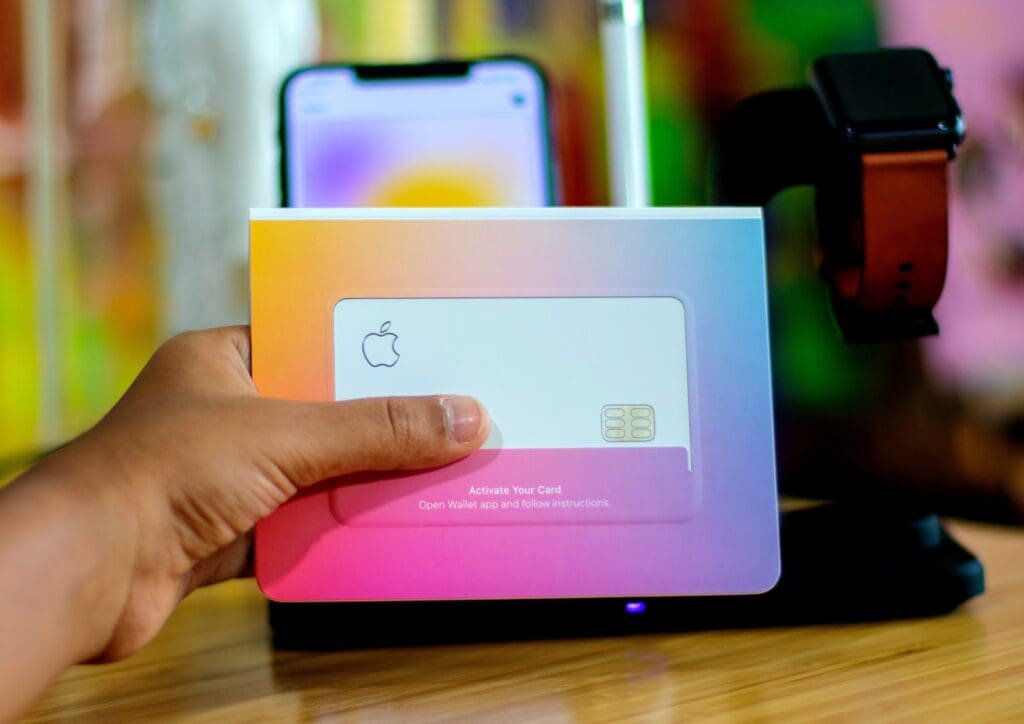How To Keep Track of your Receipts
Let’s get real here for a second. Receipts just seem like they were made to be lost. Every aspect of their design was specifically developed for you to scrunch them up, toss them away (or have them fly away), and generally misplace them. So, it’s just wonderful that they hold such significance over key financial matters in our lives, isn’t it?
One of these key financial matters that we all dread is tax. For those with complex tax returns to file, with many expensive deductions to record, receipts are critical. So, how do you stay on top of them? How does one ensure these scrappy pieces of thermal paper don’t disappear into the abyss?
We’ve got you. From the team at Shoebox, here are our pro tips for keeping your receipts in order.
But First, Why Should You Keep Receipts?
For tax purposes, receipts are essential. Receipts provide evidence to large purchases you want to claim as work-related expenses. While we live in a highly digital world, many receipts these days are still kept in the physical world, so it’s important to have a system to record these. Having an organised record of purchases is necessary in operating a successful business as well as streamlining your own personal life before tax time rolls around. Whether you’re wanting to better organise your receipts, business, or just be a more savvy budgeter, you’ll want to keep track of every work-related receipt using these tips:
1. Quickly File Your Receipts
Have you ever gone to do something but then have gotten distracted and forgotten what that initial task was? Don’t stress, we all have. However, by this very human nature, we aren’t great at remembering lots of information at once. Therefore, something you should get into the habit of doing is recording your receipts as soon as you possibly can. Especially if you’re a business that is juggling many of them. Put aside time during the day (or week at the latest) to organise your receipts before they pile up.
Another great habit to get into is noting (on the receipt or some kind of document) the business purpose of the receipt – just in case you forget down the track. If you’re a small business owner, you may have already dealt with the fun task of having to differentiate work and personal receipts from the stack. Making these notes on a daily to weekly basis keeps the purchase fresh in your mind and helps with recording important receipts.
2. Categorise Your Receipts
The next thing you can do to make your life even easier is to start categorising your receipts in a filing system; this saves you time down the track when you need to look for a specific receipt. No more hunting through hundreds of little papers, you’ll know exactly where it is. Here’s a simple category system:
Personal Expenses
- Meals and Entertainment
- Rent
- Insurance
- Gifts
- Education/ Work Expenses
- Charity donations
- Travel expenses
Business Expenses
- Advertising and promotions
- Supplies and furniture
- Subscriptions
- Legal and professional fees
- Charity donations

3. Or Even Better, Go Paperless!
One of the most annoying aspects of paper receipts is that the ink fades over time, which of course makes the receipt very difficult to read down the track (hack: gently blow-dry the receipt to make the ink reactivate). That’s why it’s ideal to get a digital receipt where possible or find a way to store your physical one electronically.
To store your receipt electronically, you can scan it into the computer – this can be done with a scanning machine or even through phone apps. Once scanned, categorise your receipts into your computer filing system (use a cloud-based drive to ensure you never have to worry about it being deleted) and then toss out the old receipt. Done!
4. Use Your Phone Camera
If you can’t be bothered messing around with scanners or apps, taking a picture of the receipt with your phone is just about the same thing. Again, remember to make folders or albums where you can collect these receipts digitally and ensure you back these images onto a cloud-based drive so that they don’t disappear. This will also make your life easier if you ever need to find a receipt image; you won’t have to go scrolling through hundreds of images in your camera roll.
5. Get An App To Organise Your Receipts
If the sound of cluttering up your camera roll with pictures of receipts doesn’t appeal to you, then you can also take advantage of apps that store your receipts digitally. Using an app is a step further than simply recording your receipt images, as they can also create expense reports enabling easier financial tracking. One of the most popularly used apps that we recommend to our clients and franchisees is a software called ‘Receipt Bank’. This innovative app removes the need for data entry by collating all your receipts, bills and invoices together in one simple place. It also integrates with Xero so that your accountant or bookkeeper has access to all necessary data, saving time and effort. There are a variety of receipt storage and financial management apps on the market and it can be overwhelming to decide which one is right for you. But make sure to contact a Shoebox Bookkeeper for advice and help so you can get back to focusing on the important things – like scaling your business!

6. Be Consistent
The simplest and yet somehow most challenging tip we can give you is to be consistent (it definitely sounds easier than it is). Even with the above tips, the most crucial step in organising your receipts is to stick with it consistently – think of it like building a habit. If you struggle with being consistent, try making a schedule for yourself to stick to. This is particularly important for businesses; plan out a day in your week to knuckle down and get your receipts filed. As an additional tip, you’ll also make your life a lot easier if you keep your business and personal expenses separate. For example, use a “business only” credit card and avoid paying for goods, bills and services in cash to better record your spending.
If your current system isn’t working, don’t pointlessly persevere. Utilise apps and software to see if that works better for you, or get some help from a bookkeeper. You do not need to struggle alone, and organising your finances need not be stressful and tedious.
Shoebox connects you with your closest and most qualified bookkeeper to help you with financial matters relating to your business. With bookkeepers all around Australia, you are one click away from finding help with our online search feature. Contact Shoebox today if you have any queries about our services.